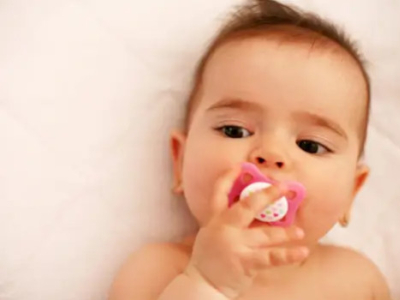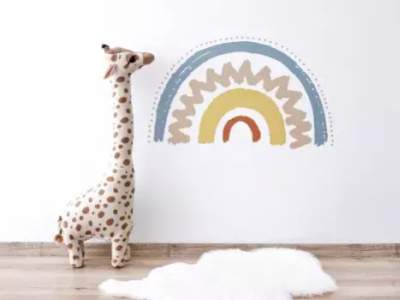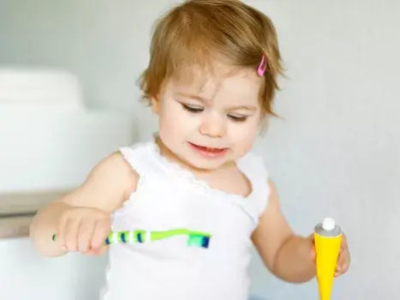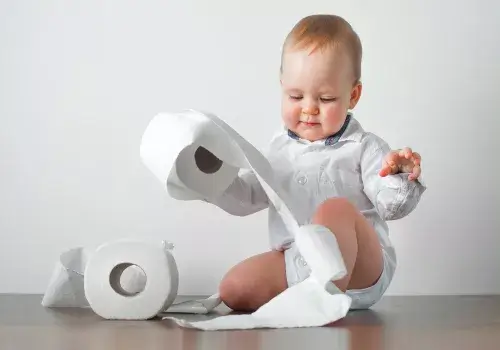
Potty training
Parents often ask pediatricians what is the best time and method for potty training. Like many behavioral questions, there are no concrete answers to such a question.
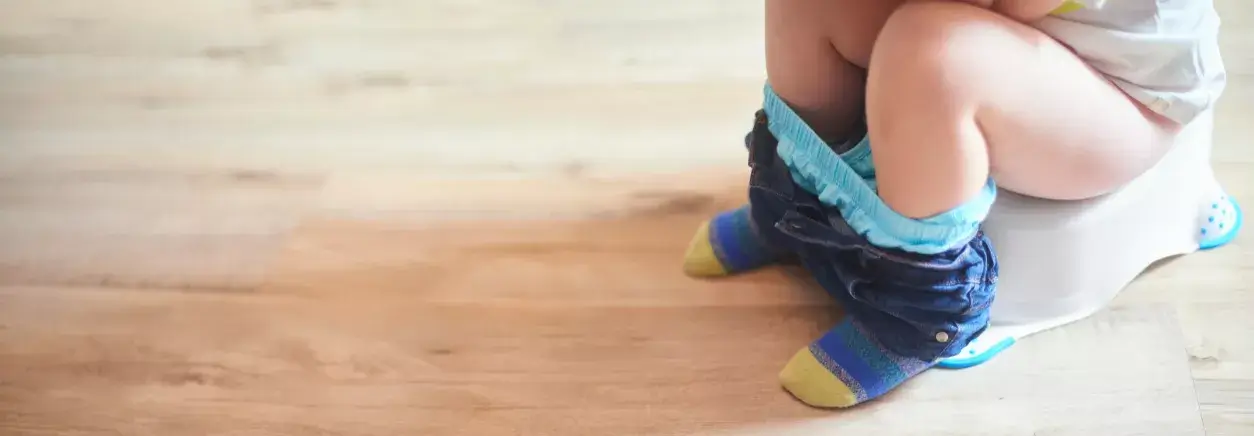
It can be difficult for both child and parent to reach this stage of development.
To facilitate potty training, physicians should educate parents about the "child-centered" approach before the process begins, and should be prepared to offer parent guidance during that the child learns to become clean.
How do I know when my child is ready?
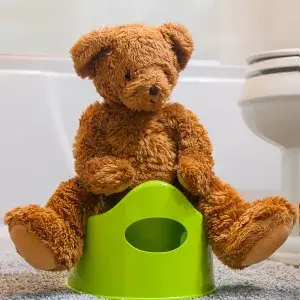
Your child is probably ready to potty train if they:
- have an interest in potty (for example, watching you or enjoying potty books) toilet training)
- stays dry in his diaper for several hours in a row
- has regular and predictable bowel movements or knows when he urinates and has a bowel movement. (For example, your child may change rooms or hide behind furniture.)
- is sturdy and well balanced when sitting on the toilet or potty< /li>
- can follow one or two simple guidelines
- can let you know when to use the potty
- < strong>wants to be independent.
Potty training doesn't happen overnight. It may take 3-6 months before your child can get rid of diapers for good. Make sure you have enough time to patiently help your child every day. If other people are caring for your child, tell them about your intentions. It is important that everyone works together and pulls together.
A natural and spontaneous process, not learning!
In all cultures and societies, the average age of this acquisition is found to be 2½/3 years. And this, whatever the way in which the adult intervenes in this process and accompanies the child.
Real sphincter control is acquired when the child can be attentive to his internal sensations, know how to analyze them and therefore know and decide when it is necessary for him to go to the toilet (and not only when the adult tells him to.) It is moreover a physiological need and not from a desire, as is commonly said. It is a spontaneous and natural process.
In our Western societies, for a long time, we did not know that we could trust the developmental capacities of the child, and that it was important to respect his maturation. It is from this state of mind and this fear that comes the habit and the belief that the child must be taught and instilled in him "cleanliness". We find the moralizing side of this term: the child would go from dirty to clean. Moreover, dirt and poop are often confused, for example when the child is told that “dirt on the floor is poop”. Faeces are still too often commented on as beautiful “oh the nice gift! », or dirty, « oh, it stinks »! No, it's just organic. Neither good nor bad, neither beautiful nor ugly. This training began early: it was a question of giving the child habits, conditioning. The more adults are afraid that the child will not be able to acquire this ability to control (and in fact could not be enrolled in school for example), the more they want to "work on it early". But the development of a child does not happen that way.
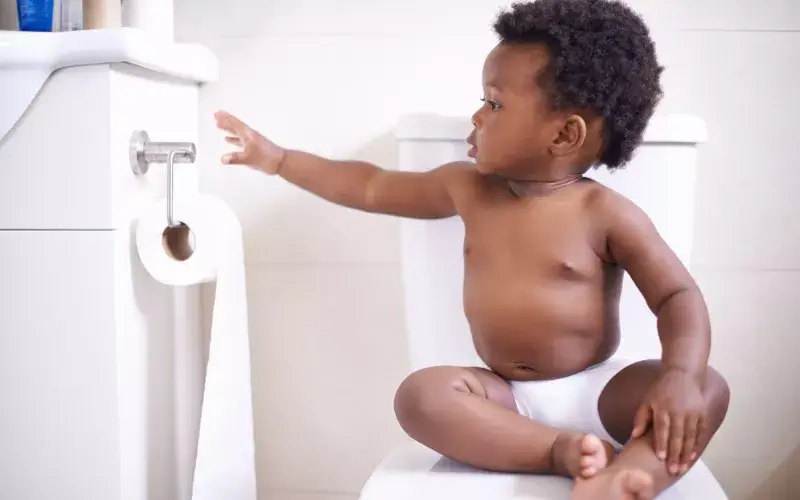
Key steps in cleanliness learning
- Don't force it! Children get “clean” first during the day. Then, usually, the night potty training comes a few months later.
- Choose the right time for your child! the right moment remains when the child shows signs that he is ready since he should not be forced to potty train.
- Familiarize him with the jar! As the potty is more stable than the large toilet, your child feels more secure there. When sitting on his potty, your toddler can put his feet flat on the ground and support them. The day will come when you can use the adaptable seat. Your little one will probably ask you to go to the "big toilet" themselves.
- Establish a routine! When you wake up, after meals and snacks, and before naps, baths and bedtime.
- Switch to cloth pants! Is your child starting to use the potty often? Stop putting diapers on him during the day. He will then be more motivated to stay dry if he wears cloth pants or training pants.
- Remove the diaper during bedtime! He stays clean all day daytime? And her diaper stayed dry for several naps? It's time to delete it.
What if your child refuses to saddle on the pot?

Your child may refuse to have a bowel movement in the potty or toilet, especially if there is no foot support.
In this case, let him poop in a diaper, to prevent him from becoming constipated. Constipation can make bowel movements painful. If your child is in pain, it will probably take longer to potty train. If you are concerned that your child may be constipated, ask your doctor for advice.
Your child will have much more success with potty training once the constipation is treated.
When should I talk to my doctor about toilet training?
Consult your doctor if your child:
- is not yet using the toilet at age 4;
- has used the toilet well for at least 6 months, but seems to be regressing now;
- holds stool, has pain when potty-fed, or has blood in the stool;
- has redness or a rash around the vulva, cloudy or smelly urine or seems to suddenly need to go to the bathroom more often or can't wait.
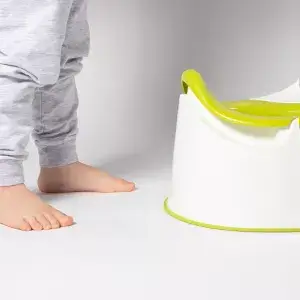
It is absolutely not serious that your child relapses when you thought the potty acquired. Above all, don't hold it against him and, once again, be patient.
Cleanliness always ends up being learned once and for all!
